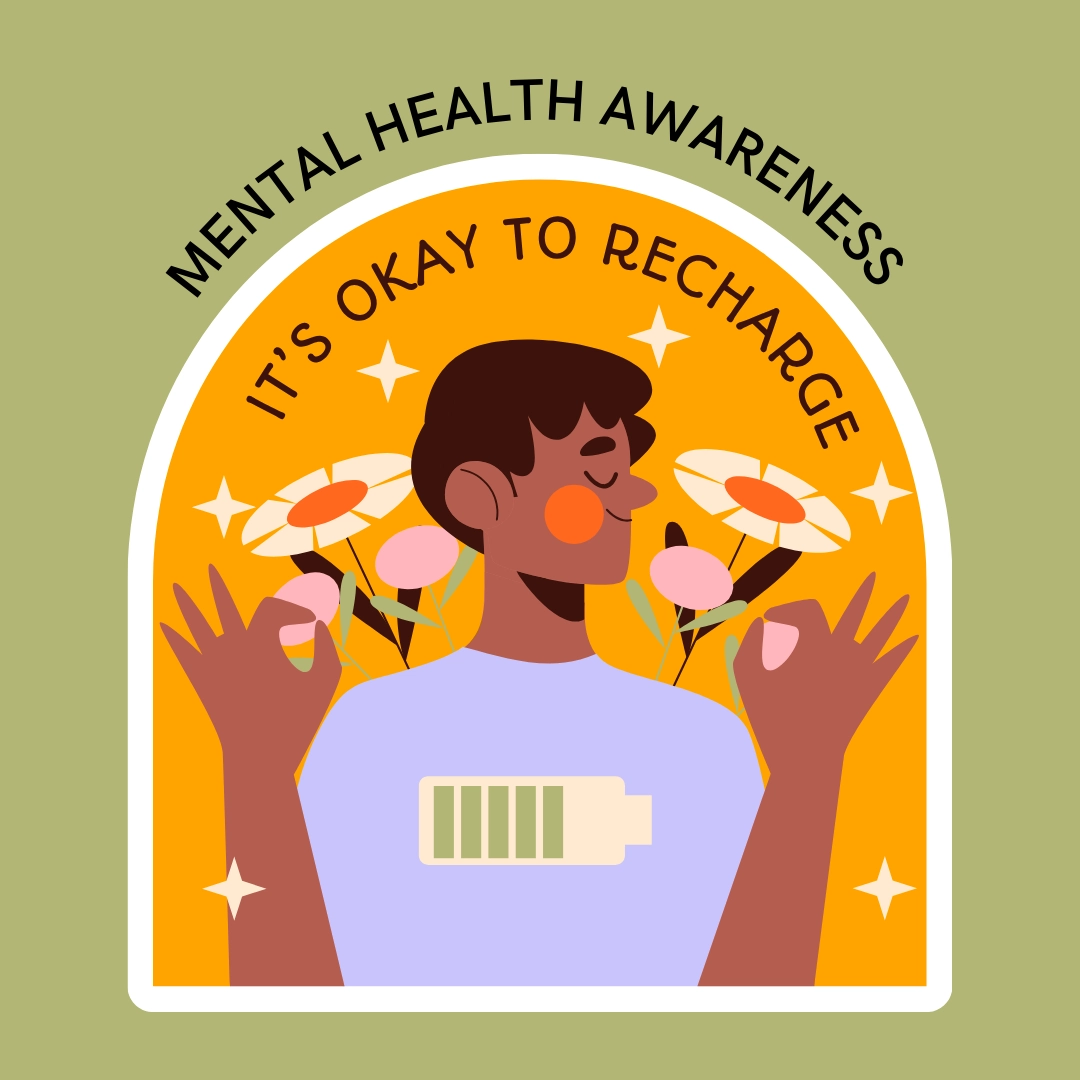December is observed as Seasonal Depression Awareness Month.
Seasonal Depression
Seasonal Depression or Seasonal Affective Disorder is a form of depression related to the changing of seasons. Around 16 million Americans are said to go through it every year. Most of the people who suffer from this disorder live far from the equator where daylight is scarce in the winter months. SAD is subtype of depression or bipolar disorder that occurs and ends around the same time every year. It is linked to a biochemical imbalance in the brain and causes fatigue, depression, and social withdrawal. People with Seasonal Depression experience mood changes and symptoms similar to depression. These are distressing changes that usually occur during the fall and winter months, and disrupt the daily lives of patients.
Causes
The reduced level of sunlight in the fall and winter months affects serotonin, a neurotransmitter that affects mood in a person. Lower levels of serotonin could lead to depression. Studies such as brain scans show that people who had seasonal depression in the winter have higher levels of a serotonin transporter protein that removed serotonin than in people who do not have seasonal depression.
The sleep-related hormone secreted by the pineal gland in the brain, melatonin, is linked to seasonal depression. This hormone, which affects sleep patterns and mood, is produced at increased levels in the dark. Therefore, when the days are shorter and darker, there is more production of melatonin. It also affects people’s circadian rhythm, or “biological clock”, resulting in ‘internal clocks’ being out of sync with the usual sleep rhythm, leading to symptoms associated with seasonal depression.
Symptoms
- Feeling sad or depressed
- Lack of interest in activities
- Loss of appetite
- Sleep disorders
- Energy loss
- Irritability
- Feeling fatigued
- Social withdrawal
- Suicidal thoughts
Some of the ways of warding off this condition is to take plenty of rest, keep regular bedtime hours, keep one’s environment bright, do exercise like taking regular walks, socializing with people and going on excursions to keep the mind filled with positive thoughts.
Treatment
SAD can be treated by psychotherapy and medications. The heartening news is that recovery from any diagnosable mental illness has high success rates. Treatment can bring about 70-90% recovery rates.
Phototherapy or bright light therapy has been shown to suppress the brain’s secretion of melatonin. Such light therapy has been shown to be effective in up to 85 percent of diagnosed cases. Patients remain in light up to ten times the intensity of normal domestic lighting up to four hours a day. However, they may conduct their normal activities like eating while undergoing treatment.
Cognitive Behavioral Therapy has also been found effective in some cases. Selective Serotonin Reuptake Inhibitors (SSRIs) are the antidepressants most commonly used to treat SAD.
Telehealth
The first step is addressing Seasonal Depression is to take the help of a telehealth counsellor. Either the person suffering from the condition or someone close to her can initiate the meeting. Mobile health platforms like PACIFYR have qualified therapists who can offer non-judgemental consulting that is confidential and stigma-free. The sessions can be taken at the convenient time of the beneficiary.




